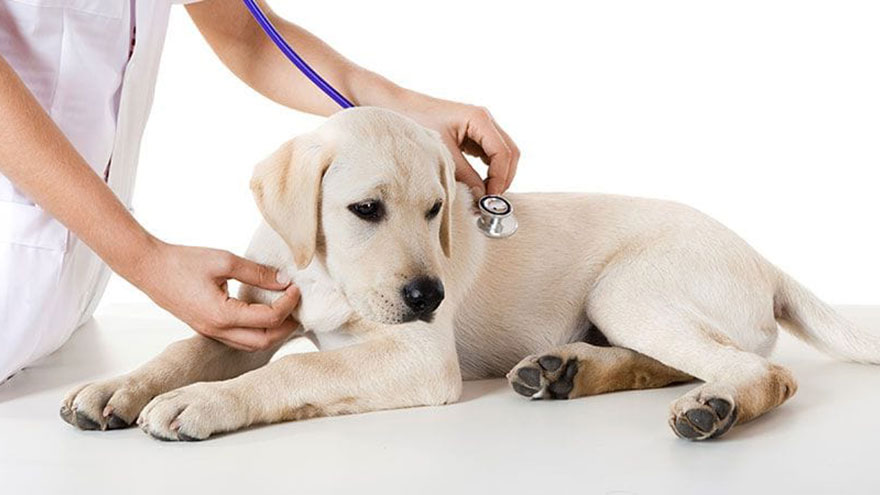How to Stop Vomiting & Diarrhea
Cats and dogs vomit fairly easily, and diarrhea is a common occurrence. When the two symptoms happen together more than once or twice, it could signal a serious problem that requires veterinary attention. If you know your pet has ingested a toxin like rat poison, antifreeze or chocolate, take him to the vet immediately.
If you don’t know what’s causing the problem, treat your pet at home for a day. If the symptoms clear up, it was most likely a case of overeating or stress. If the symptoms persist despite treatment, see your vet.
Things You’ll Need
- Kaopectate or Immodium
- Water
- Plain, cooked rice or noodles
- Plain, cooked and drained hamburger or chicken
- Pet’s regular food
Steps to Stop Vomiting & Diarrhea

Take away all food and water for 12 hours. Allowing the pet to eat or drink simply feeds the problem.
Examine the vomit and diarrhea. If any blood or foreign objects are present, see the vet immediately. If the pet has not been dewormed recently and is not on a monthly heartworm preventative, you may see evidence of parasites. These look similar to either rice or spaghetti, and while not necessarily an emergency, warrant a trip to the vet within the next day or so.
Examine your pet for abdominal pain, which can signal a more serious condition. If the vomiting and diarrhea is part of a bigger problem, he may be lethargic and weak. If the condition persists for more than a few hours or gets worse, consult your vet.
Treat your pet with Kaopectate or Immodium only if diarrhea is present. Use the dose on the package and scale it down to your pet’s weight.
Reintroduce small amounts of water after 12 hours. Do not let your pet drink as much as he wants–only a few tablespoons at a time. Letting him gorge himself on water will only trigger vomiting.
Reintroduce small amounts of bland food. Offer plain rice or noodles initially, about a tablespoon or two at a time. If no vomiting or diarrhea occurs within two hours, mix some plain, cooked hamburger or chicken into the rice and offer another tablespoon or two.
Keep offering small amounts of bland food and water every two hours for the next 12 hours. If the symptoms persist after 24 hours of treatment, see your vet.
Reintroduce his regular food very gradually if all symptoms have stopped. Mix a very small amount of the regular food with the bland diet, gradually increasing the ratio with each feeding. It should take about five days to phase out the bland diet.
Watch your pet for a recurrence of symptoms. In rare cases, your pet’s regular food may have triggered an allergy and caused the symptoms in the first place. If this happens, you should see your vet.
Tips and Warnings
- Bringing a sample of the vomit and diarrhea with you to the vet will allow the vet to form a more accurate picture of what is going on with your pet.
- If in doubt, bring your pet to the vet. It is always better to be safe than sorry.
You Might Also Like :: Lack of Urination in Dogs

